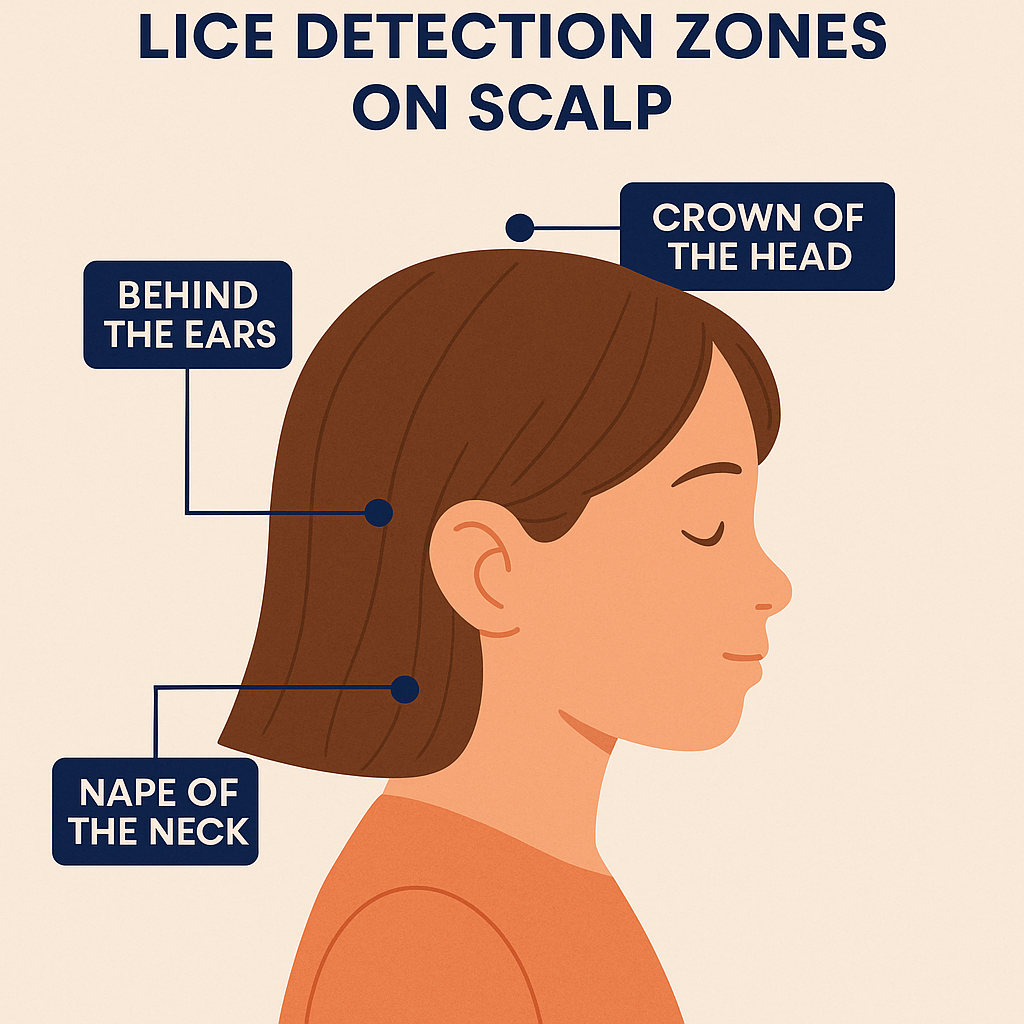How Head Lice Start & What Parents Should Know
If you’re a parent or caregiver, discovering that your child has head lice can feel overwhelming. You might be wondering,
“Where do lice come from?”
“How did this even start?”
And most importantly “How do I get rid of them safely and quickly?”
Head lice are a common issue among school-age children, especially in communities like Katy and Houston, where schools, daycare centres, and after-school programs bring kids together in close contact.
Let’s walk through what you really need to know—without the jargon, panic, or judgment.
Where Do Lice Come From?
Contrary to what many believe, head lice don’t come from dirt or poor hygiene. These tiny, wingless insects live on the human scalp and feed on small amounts of blood. They’ve been around for generations and thrive in environments where close contact is frequent, like among children.
Important to know!
Lice don’t jump or fly, they crawl. That means they spread almost exclusively through head-to-head contact, not from pets, furniture, or the outdoors.
How Do Head Lice Start?
It’s simple: if your child’s hair comes into contact with someone who already has lice during a hug, a selfie, a sleepover, or playtime, lice can transfer from one to another.
It only takes one louse laying a few eggs (nits) to spark a full infestation in less than two weeks.
That’s why so many parents ask, “How does one get lice in the first place?”.The answer is direct contact with someone who already has them.
Understanding the Head Lice Life Cycle
Head lice reproduce quickly, so even one louse can lead to an infestation if left untreated.
Here’s how their life cycle works
This cycle repeats, making reinfestation common without complete removal. Professional treatment effectively targets all stages, including eggs.
| Stage | Description |
|---|---|
| Eggs (Nits) | Laid at the base of the hair shaft. Hatch in 7–10 days. |
| Nymphs | Baby lice that grow for 9–12 days. Hard to see, but they start feeding quickly. |
| Adults | Fully grown lice live up to 30 days and lay about 6–10 eggs per day. |
Who’s Most at Risk?
Children aged 3–12
Siblings of an infected child
School staff, babysitters, and caregivers
Kids participating in group activities like camps, dance, or sports
Remember, Lice can affect anyone, regardless of hair type, cleanliness, or age. It’s not about hygiene. It’s about proximity.
Common Myths Parents Hear
| Myth | Truth |
|---|---|
| Lice only affect dirty hair | False. Lice love clean hair just as much. |
| Lice can jump or fly. | No. They crawl from one scalp to another. |
| Only kids get lice | Adults can get lice too, especially from children |
| Lice die after shampooing | Most lice are resistant to over-the-counter shampoos |
Watch out for:
● Frequent itching or scratching, especially behind the ears or at the nape
● Red bumps or scalp irritation
● Tiny white nits stuck near the scalp that don’t brush off easily
Read More: Early Signs Your Child Might Have Head Lice
What You Can Do
Step 1: Reassure your child
Let them know it’s not their fault, head lice are common and treatable.
Step 2: Do a quick check
Use a fine-toothed lice comb under bright lighting. Focus on the scalp, behind the ears, and neck.
Step 3: Seek professional help
A licensed lice removal expert can save time and reduce stress.
Step 4: Check your household
● Treat everyone on the same day
● Wash bedding, hats, and brushes
● Notify caregivers or schools discreetly so they can act quickly
Need Fast, Gentle, and Professional Lice Removal?
If you’re unsure where to start, we’re here to help.
Premier Lice Spa is trusted by families across Katy and Houston for safe, effective, and kid-friendly lice treatment.
We use chemical-free methods that actually work - no confusion, no hassle
Schedule Your Appointment at Premier Lice Spa




